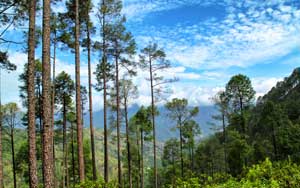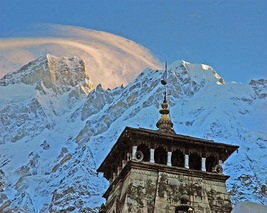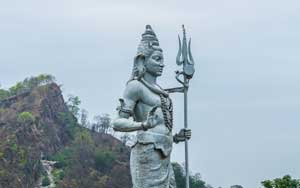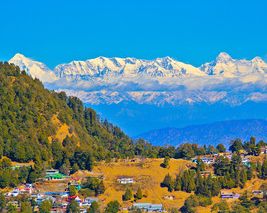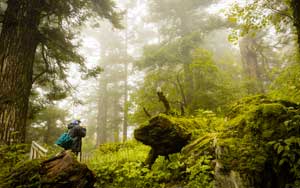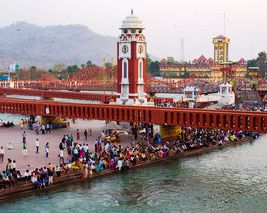Yoga has swept the world. People are turning to yoga not only for its physical benefits, but also for improving mental health and reconnecting with one’s soul. The biggest exporter of yoga is Rishikesh. The town that the Beatles introduced to the world, and ever since has attracted Indians and foreigners. So, it is only fair that this town hosts the largest festival – International Yoga Festival.
This Uttarakhand festival is a week long event that starts at 4.30 am and proceeds through the day, ending at 9.30 pm. 70 hours of yoga, covers disciplines like vinyasa yoga, bhakti yoga, Kundalini yoga, raja yoga, Iyengar yoga, ashtanga yoga, Bharat yoga, deep yoga and shintoh yoga. Besides these classes, you can participate in learning mudras, Sanskrit chanting, meditation, reiki, etc.
Training is incomplete without food. Throughout your journey get energised and strengthened with sattvic food.
Since 1999, thousands of yoga enthusiasts attend the International Yoga Festival, making it one of India’s biggest international event.






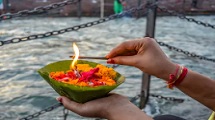
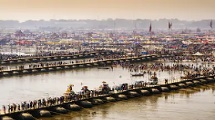
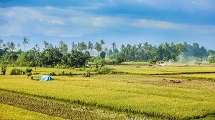
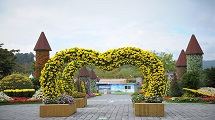
.jpg)
